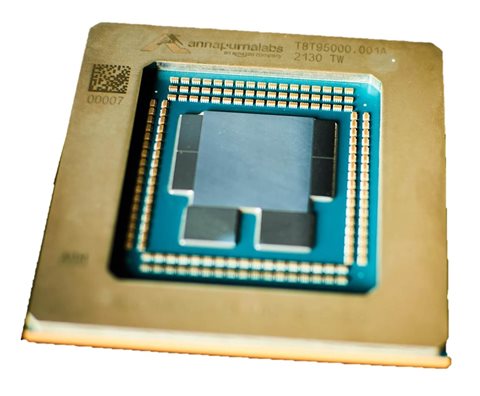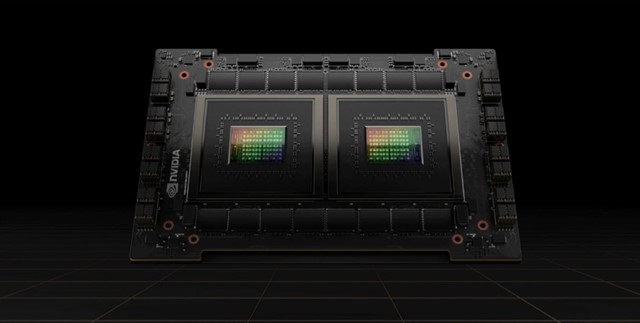Stoking the Fire in Arm HPC
In this blog we look at the growth of Arm in HPC - from humble beginnings to the number one ranked supercomputer in the world

In the early 2010’s, Arm enthusiasts started gathering kindling in hopes of lighting a small fire with new technologies and providing a critically needed alternative to the dominant x86 architecture. The effort, known as Mont Blanc, was an ambitious project based in the EU. Against strong headwinds from many directions, the project was able to pave the way for bigger and better things.

Image 1. Mont Blanc 3 Prototype: Dibiona
Along the way, an Arm HPC community was formed. We welcomed formal OS support from RedHat, SUSE and others, as well as OpenHPC and a host of software necessary for HPC. The kindling was catching fire as in 2018, HPE sponsored the Catalyst project in the UK involving three leading universities (Edinburgh, Bristol & Leicester). In 2018, the first Arm-based system arrived on the Top500. An HPE system based on Marvell, the Astra supercomputer at Sandia National Laboratory, landed at #203 in November that year.

Image 2. Astra Supercomputer
In 2019, Fujitsu tossed a big log on the fire with the world’s fastest supercomputer (still #1 as of this is writing). Along with their clear domination of each of the metrics for the Top500, Fujitsu had previously attained #1 on the green500 – the most efficient supercomputing technology. While not quite exascale in performance, the system had pushed forward in a sufficient number of dimensions to be called “exascale class” by many in the community.

Image 3. Fugaku Supercomputer at the RIKEN Research Institute
Arm’s role in the campfire building process is, of course, key to success in HPC. With a strategic focus on enabling the right technology at the right time, Arm’s internal efforts involved trail blazing by research, prototype enablement by the HPC technical team and business deal acceleration by sales and bizdev teams. We helped push the community in a positive direction by gathering up support for A-HUG, the Arm HPC User Group (www.a-hug.org). The A-HUG organization is building momentum and a gathering place for wider interests in HPC on Arm systems.
During this same time-period, the broader IT community was focused on cloud with the “Super 7” hyperscalers. The HPC community had viewed cloud with a hearty amount of skepticism up until the last couple of years – and we are still in transition. From the Arm perspective, there is an absolute bonfire going on with cloud, as evidenced in the multi-generational AWS Graviton processor and Ampere’s success with the Ampere Altra CPU at several hyperscalers.

Image 4. AWS Graviton3 CPU
HPC is benefiting from the flames of this fire as the cloud companies seek both to attract HPC workloads as well as lower their costs and increase capability through Arm-based architectural solutions. The leading-class performance capability, scalability and ease of use of Arm in the cloud is opening up a world of opportunity that HPC can take advantage of.
As this occurs, the HPC focused fire is raging on. With the anticipation of the EU processor in Europe, ‘Grace’ from Nvidia, and projects in India, South Korea and other places yet to be disclosed – HPC is big at Arm.

Image 5. NVIDIA Grace SuperChip
One topic that seems to always drop to the bottom of blogs like this is the miracle of software and the numerous contributions to it. The Arm community has really taken up the challenge and contributed to the myriad of software projects necessary to succeed in HPC. The heavy lift is not being done inside Arm, despite the popularity of the Allinea tools. In this boot-strapping activity, major players such as Nvidia, AWS, SiPearl, HPE, and the community of scientific code developers have contributed in major ways to open-source projects that enable us all. It is thanks to these folks that we all enjoy the warmth of the fire in good company.
As we look forward, we are eager to see the next crop of Arm processors (both Neoverse-based and those from architecture licensees) that push HPC boundaries in interesting dimensions. The HPC interests at Arm continue to be strong as we evolve to best support the community.
Re-use is only permitted for informational and non-commerical or personal use only.
